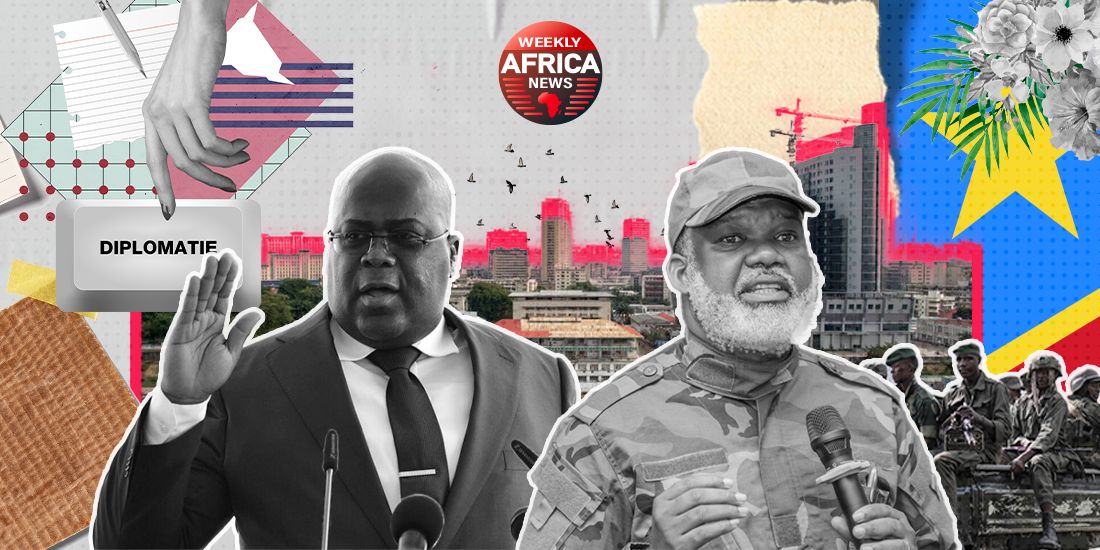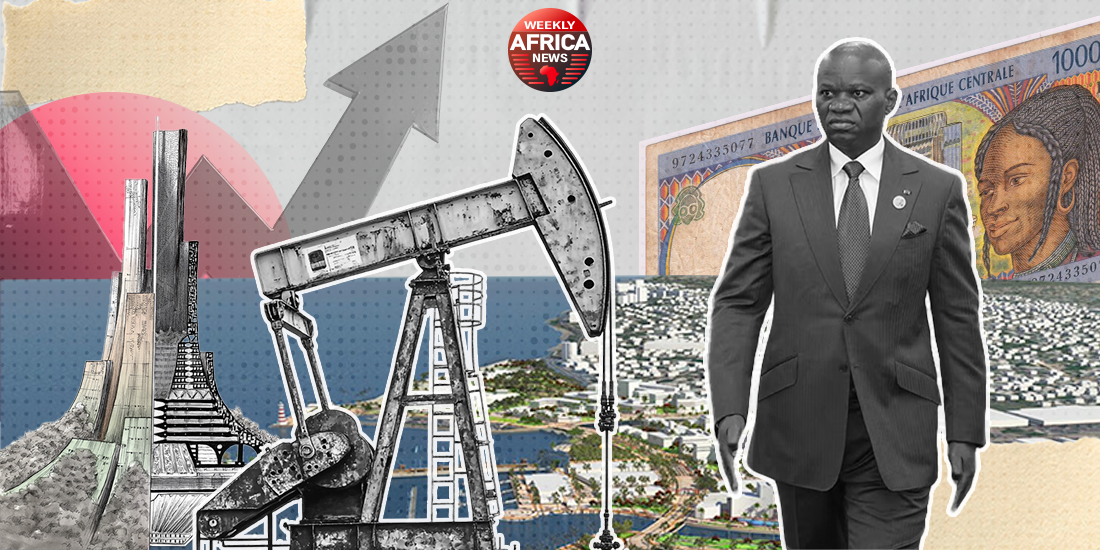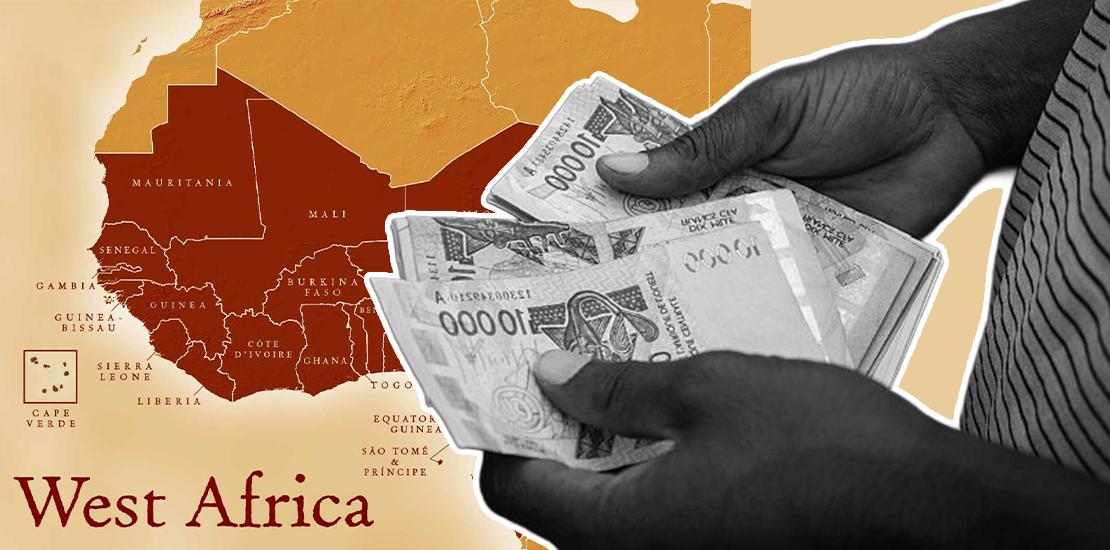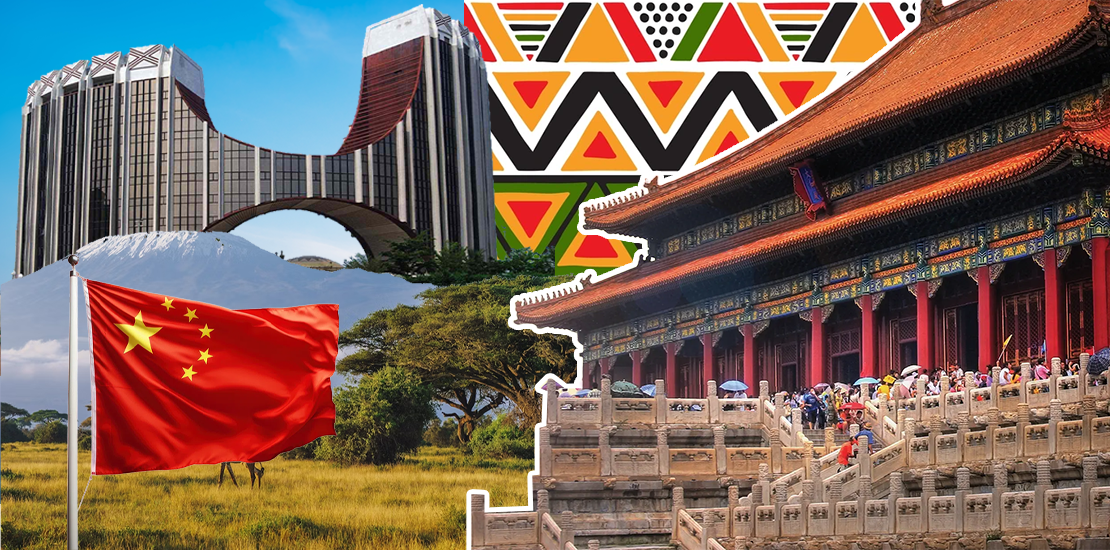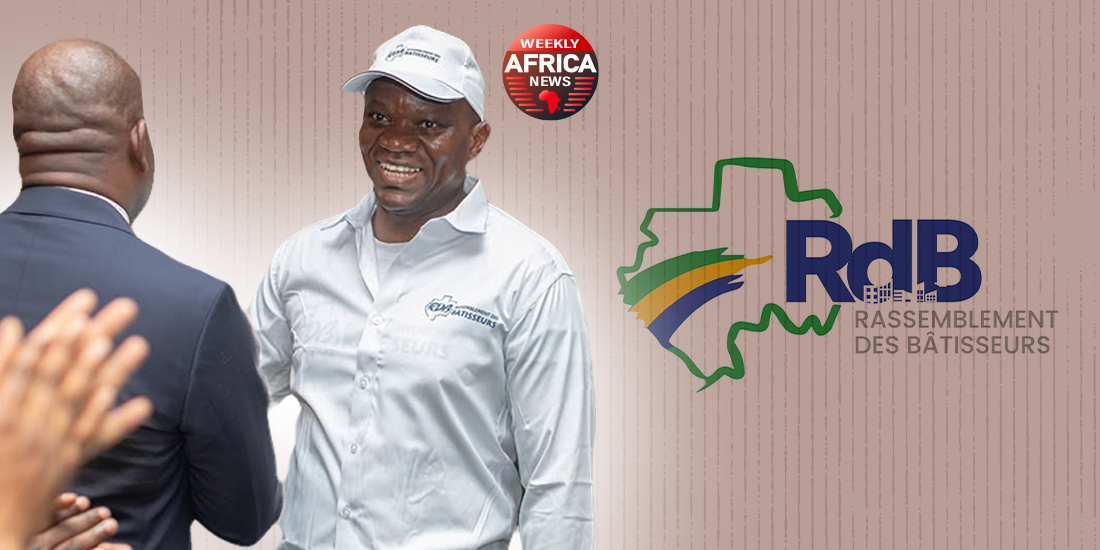In West African capitals, ribbons have been cut for bridges, roads, ports and dams financed by China. But behind these visible infrastructures, another reality is at play in the contractual annexes: confidentiality clauses, foreign currency collateral, escrow accounts and performance options that make agreements difficult to scrutinize. These “phantom contracts” (invisible to the public and sometimes to parliament) undermine budget transparency, increase costs and complicate any debt restructuring years later.
The mechanism is now well documented. Loan contracts granted by Chinese political banks often make use of extensive non-disclosure clauses, offshore guarantee accounts and so-called “no Paris Club” commitments, which place the lender above traditional creditors. In practice, this means that public revenues can be prioritized to service these debts, without full disclosure in budget documents. This opacity shifts the democratic debate from the moment of signature to the more painful moment of renegotiation.
Guinea illustrates the promises and blind spots of this model. The 450 MW Souapiti dam, backed by a preferential loan of around $1.2 billion, has added strategic capacity to the national grid. But its financing is associated with escrow cash requirements and a significant debt profile for a state with a narrow tax base. Above all, the project has displaced thousands of people, according to rights organizations, revealing the social cost of rapid execution where land transparency and compensation become adjustment variables. In the background, a broader framework has linked Guinean infrastructure to mining revenues since 2017: useful for raising funds, but risky if commodity prices falter or revenues fail to cover maturities as planned.
In Nigeria, the pile-up of Chinese-financed assets is spectacular: the Abuja-Kaduna railway upgrade was backed by a $500 million concessional loan; the Lagos-Ibadan link has mobilized over $1.2 billion; and the Lekki deepwater port has secured substantial Chinese bank financing in addition to private investment. In 2020, a controversy erupted around a “limited waiver of sovereign immunity” clause in a loan agreement, a legally classic clause for arbitral enforcement, but politically inflammable. It highlighted the weak point of these major projects: technical conditions that are little debated upstream, and which become subjects of sovereignty downstream. At the same time, Nigeria’s bilateral debt to China remains moderate in relation to its total debt, but this does not prevent the growing exposure of strategic assets (rails, Lekki relief roads) to financing whose exact terms are not always published.
Sierra Leone is another case in point. In 2018, the government cancelled a new airport project financed by China, deemed economically unjustified when the existing airport was underused. The episode demonstrates that states retain a real margin of agency: they can forego a credit when the long-term budgetary and operating costs exceed the benefits. But it also reminds us that the visibility of “value for money” analyses at the time of signature is the best insurance against costly U-turns.
In Senegal, the 1.6 km Foundiougne toll bridge has opened up the Saloum basin. Its construction by Chinese companies, backed by a concessional loan, testifies to the know-how and attractiveness of this type of financing for countries faced with immense needs. The issue here is not the usefulness of the work, but the reproducibility of a standard: proactive publication of terms, independent audits a priori, and rigorous assessment of long-term operating risks.
Gambia points to another risk: that of procurement. The project to extend the port of Banjul was envisaged with substantial Chinese concessionary financing. But national authorities challenged the legality of awarding the contract without an open call for tenders, pointing out the danger of a “single procedure” for contracts worth several hundred million: without competition, unit prices rise, maintenance is under-budgeted and renegotiation becomes the norm. These are the classic entry points for overcharging and kickbacks: difficult to detect ex post, they thrive where contractual data is absent or locked in.
Beyond these cases, the economic incentives are clear. On the Chinese side, these projects offer order books for state-owned enterprises, regional logistical anchorage (ports, corridors) and above-average repayment security via collateral and escrow accounts. On the African side, they fill an infrastructure gap that traditional donors are slower to finance. But the overall arithmetic raises questions: over the 2000-2023 period, Africa committed over $180 billion in Chinese loans, concentrated on energy and transport. On the scale of economies whose tax revenues are sometimes counted in the tens of billions, sustainability depends on the total cost of the life cycle (construction + operation + maintenance) and the flexibility of the clauses in the event of a shock.
The issue of restructuring crystallizes these tensions. In Ghana, the agreement reached with official creditors, including China, has shown that common ground can be found. But priority of payment and collateralization clauses, which are frequent in Chinese contracts, make the exercise more technical: they require meticulous arbitration on “comparable treatment” between creditors, and disclosures that these contracts often forbid. As long as these terms remain opaque, macroeconomic adjustments will weigh more heavily on social spending than on optimizing debt portfolios.
How do we get out of the grey zone? Five safeguards are essential: (1) systematically publish contracts and appendices, including collateral provisions and escrow agreements; (2) ban confidentiality clauses that prevent parliament and the Court of Auditors from being informed; (3) impose competitive bidding for EPCs above a threshold and publish unit cost engineering; (4) carry out independent “value for money” audits before disbursement; (5) strengthen the tools of parliamentary committees (budgets, infrastructure, finance) for ongoing control. Failing this, “phantom contracts” will continue to weigh down public balance sheets, far from the spotlight of inaugurations.
The Belt & Road is neither an inevitable trap nor a financial miracle. It is an infrastructure market which, without transparency, produces an illusion of abundance today and invisible bills tomorrow. The battle is not between Chinese and Western financing; it’s between opacity and accountability. And it is on this terrain that the sustainability of the bridges, ports and dams that are reshaping West Africa will be played out.

